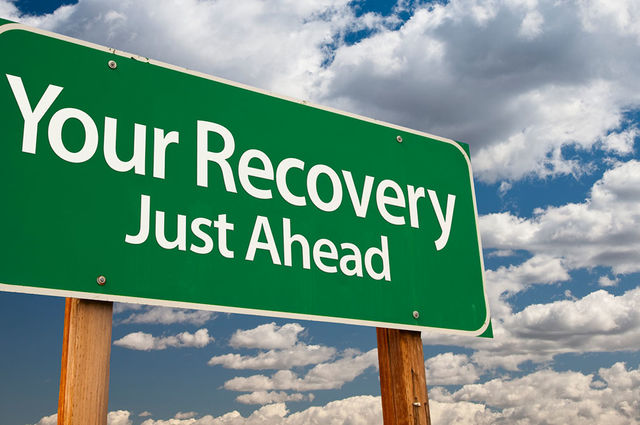A Post-Crisis Top-3 Revenue Management Action Plan
14 experts shared their view
The global hospitality industry has been through every perceivable calamity over the past decades: earthquakes, tsunamis, tornados, major floods, terrorist attracts like 9/11, SARS, global recessions, epidemics and pandemics like SARS, MERSA, ZIKA, swine flu and now COVID-19.
After each crisis the industry came roaring back and I believe it will recover very quickly after the current COVID-19 crisis and prosper like never before.
Naturally, each region and destination has had and will have its own decline and rebound curves as far as hotel occupancy, ADRs and RevPARs are concerned. Recovery post COVID-19 will also be unique to each region, destination and property and will greatly depend on a) the underlying economic conditions in each region and destination, b) the preparedness of each property for the post-crisis period, and c) the lingering impact of short term tactics employed in each market during the crisis.
This down time of low hotel occupancies or property closures is the perfect time for POST-CRISIS planning, revenue optimization action plan development, product and marketing campaign ideations.
The question to the Revenue Management community is, which specific action-items SHOULD be included in a hotelier's Post-Crisis Top Three Revenue Management Action Plan? In addition, please suggest one creative, OUTSIDE-THE BOX idea... something we may not have seen yet in revenue management. Just an idea... big or small.
Three Revenue strategies for a New Normal
Revenue Management Needs to Go Beyond Pricing
Wise revenue managers will be using this period of relative booking inactivity to focus on two areas in tandem:
- Managing the new day-to-day, whether that includes maintaining open doors, operating a reduced number of floors or managing through temporary closure. The focus is on serving existing guests, maintaining the hotel's reputation, avoiding dropping prices, and monitoring source markets and channels to mitigate some of the effects of the downturn; and
- Planning for the recovery. In many ways, they're interlinked. We don't know what shape that recovery will take or when it will come but assessing data trends will give some indication as to which path you're on and what you should focus on.
My first tip is to go back to basics: use this time to review your tech-stack; access to real-time forward-looking data is essential when things are changing daily. What are you using and what is out there in the market that could be more efficient? Also, look out for the many free insights that are currently available - often in the format of webinars - but there's other web-based content and recaps too. In a similar way to the virus impacting different regions at different times, so too are different markets affected at different times and reacting to various rules and unique circumstances, depending on their feeder markets.
When it's finally “business as usual” again, you can exploit some of the opportunities you might have missed in the past from being too busy to examine your data with a fine-toothed comb. This could bring about new efficiencies and help regain revenue when the time is right.
But what do we mean by “business as usual”? Demand will return, even if we don't know exactly when. But will your activities ever be quite the same? Perhaps not, if the new avenues you go down during this crisis period prove to be fruitful ones.
This brings me on to my second tip: you should build momentum on the new opportunities explored above, which can be run in parallel with your older, more tried-and-tested ones. If your hotel is closed, stay closely in touch with where your market is in the cycle, so you can re-open inventory at the right time. If your hotel is open, how are your current customers different from those who you had expected to be staying at this point in time - and is there a way to ensure you have your fair share of these customers?
My third tip is to approach revenue management more from a commercial 'team' perspective. Encourage the revenue team to talk to your sales, distribution and marketing counterparts so that combined strategies are better aligned. If some of your colleagues have been furloughed, there will be fewer of you to cover the different departments, so put a broader commercial hat on.
It's all about spotting and reacting to the right opportunities. This brings me to my novel idea: look for tools that do more than measuring the past. Focus on those that provide top-of-funnel demand indicators. Make the most of this downtime to investigate or liaise with colleagues in other departments, such as marketing, who might be working on similar projects to capture early signs of market recovery. There are tools out there that capture these forward-looking data-points, bringing those crucial insights together.


